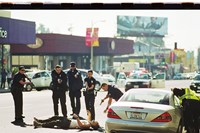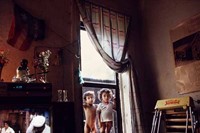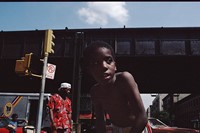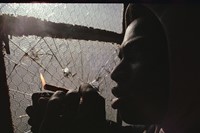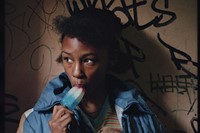Hardhitta presents a new exhibition of street photography exploring sidelined communities through the work of three masters of the craft
Housed in a former post office, Berlin’s latest pop-up gallery Hardhitta is hosting A Story To Tell; an exhibition of street photography from three names who have dedicated their careers to documenting inner-city stories with a focus on communities marginalised by mainstream society.
Photographers Gregory Bojorquez, Joseph Rodriguez and Miron Zownir have between them spent the last four decades reporting on street life with an authenticity that suggests a connection with their subjects that is rarely seen. Part of this is due to their approach – Gregory Bojorquez photographed friends and neighbours before he infiltrated the notorious street gangs of the East LA neighbourhood he grew up in. “I would spend a lot of time hanging out with my subjects before I ever took out a camera," he says. "I wanted to be a guy that was hanging out having a good time and had a camera to shoot spontaneous photos. I was not a guy who just showed up to take photos. I was one of the guys.” His iconic LA photos include the “Shooter Down” series, a sequence of images taken on Sunset and Vine of a shooting the LA Times described as “surreal, and deadly” when they ran Bojorquez’s image on their front page in 2001. “The Shooter Down Series was a very intense and traumatic experience. Some journalists go to war zones to get that type of thing.”
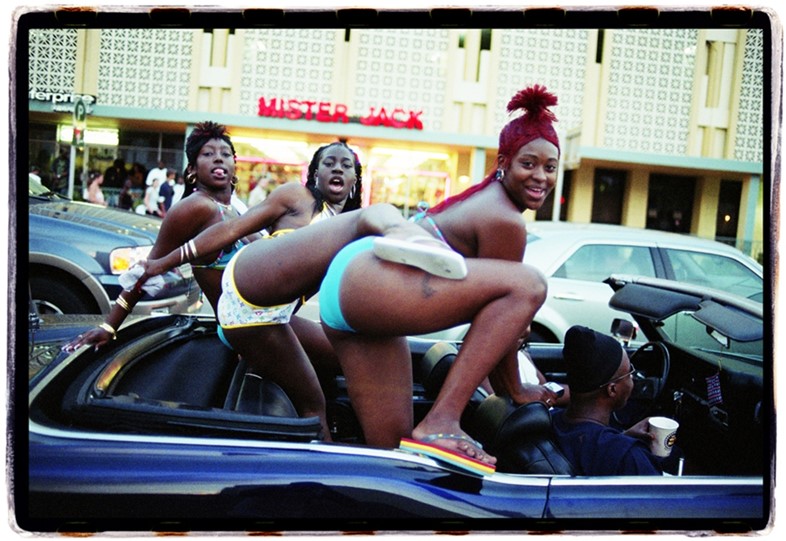
Latin American Joseph Rodriguez spent time in jail at Rikers Island before he became a photographer. With a focus on the American struggle, he provides an intimate view of minorities. A major project on the residents of Spanish Harlem in the 1980s culminated in a cover story for the National Geographic and was part of the exhibition “Our America: The Latino Presence in American Art” at the Smithsonian. Rodriguez likes to spend a lot of time observing his subjects before he starts to document them. “I like to work very slowly as a photographer. There are some who shoot like a rabbit and there are some who shoot like a turtle, I’m the latter. With the documentary process I allow myself the chance to make mistakes and the opportunity to go back and re-visit. With the option of having more time you get a different story; a richer story.”
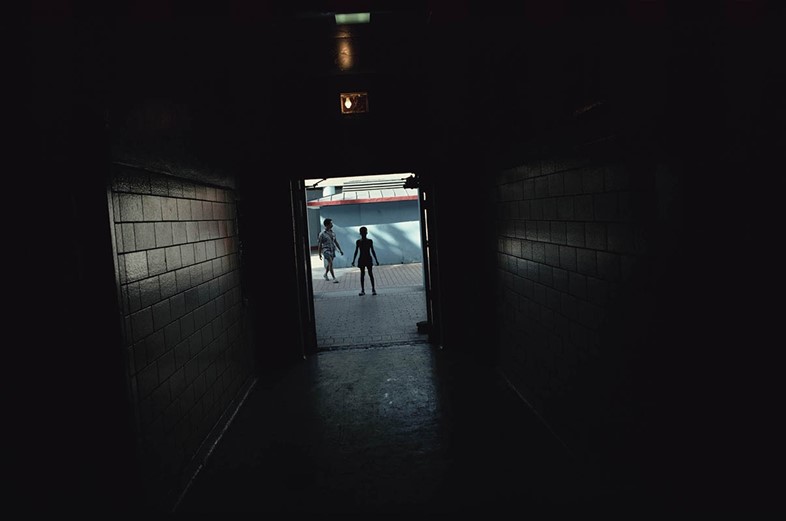
Described as a “poet of radical photography”, German photographer Miron Zownir has been photographing “the other” since the ‘70s. Turning his lens on the misfits, outlaws and outsiders of society, his images capture the characters that add colour to Berlin and New York’s dirty city streets. “A bum in a stained tuxedo is more to my liking than any model wearing an average looking fashion outfit,” Zownir says, “there are outsiders by choice and outsiders forced to the edge of society because they are unwanted, ill, and unable to keep up with the pace of the majority of functioning citizens, and so on. I could say my empathy for the down and out is endemic but I'm not a crusader. You can't change the world with your photos. Photography is becoming so inflationary it's losing its impact. There are enough photographers focusing on what's supposed to be beautiful, fashionable or sellable. I'm drawn to the underdogs even if it makes me an underdog in the phony world of commercial photography and pseudo art we're living in.”
A Story to Tell is at Hardhitta Gallery until September 28.
Text by Frankie Mathieson

